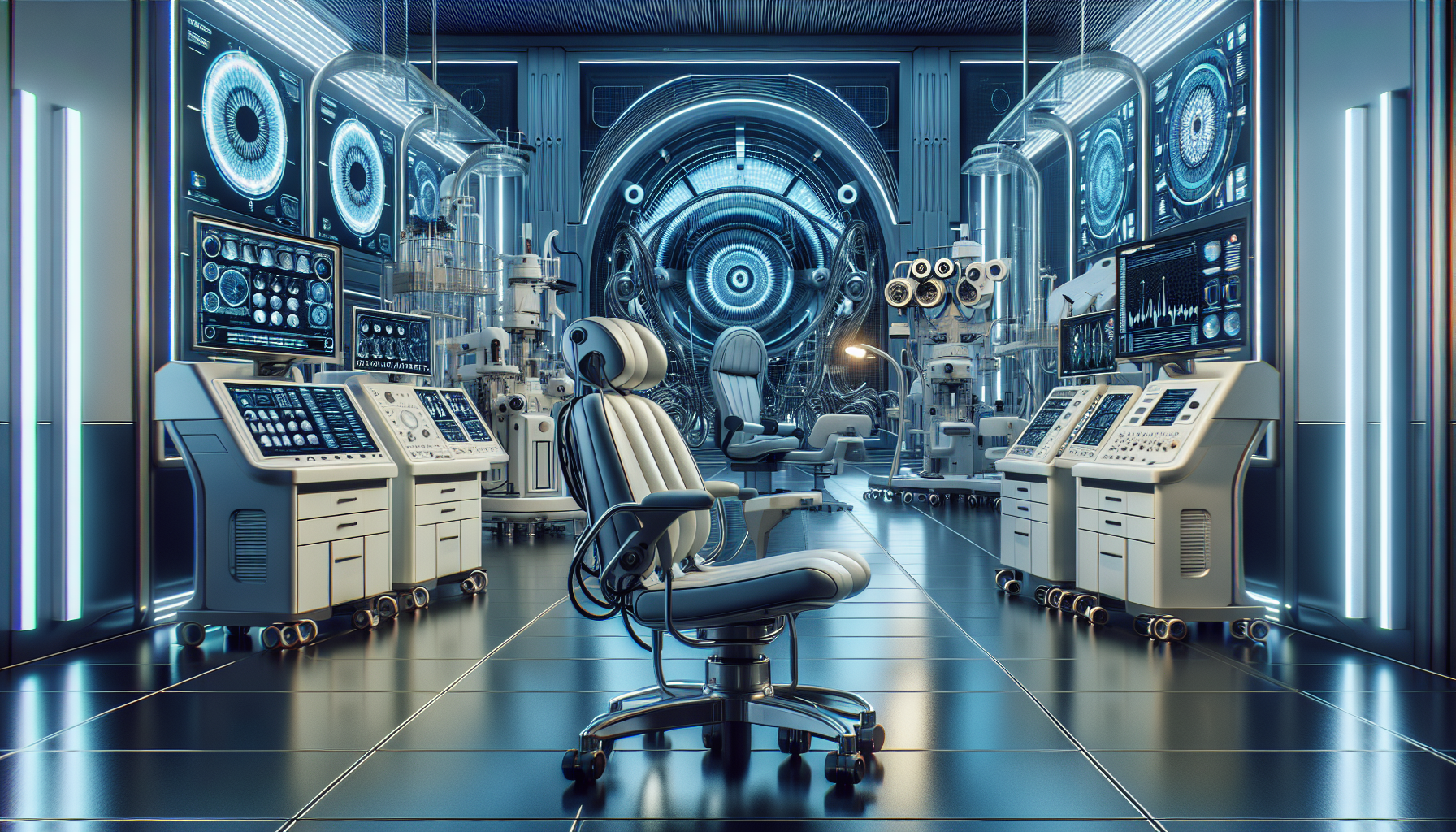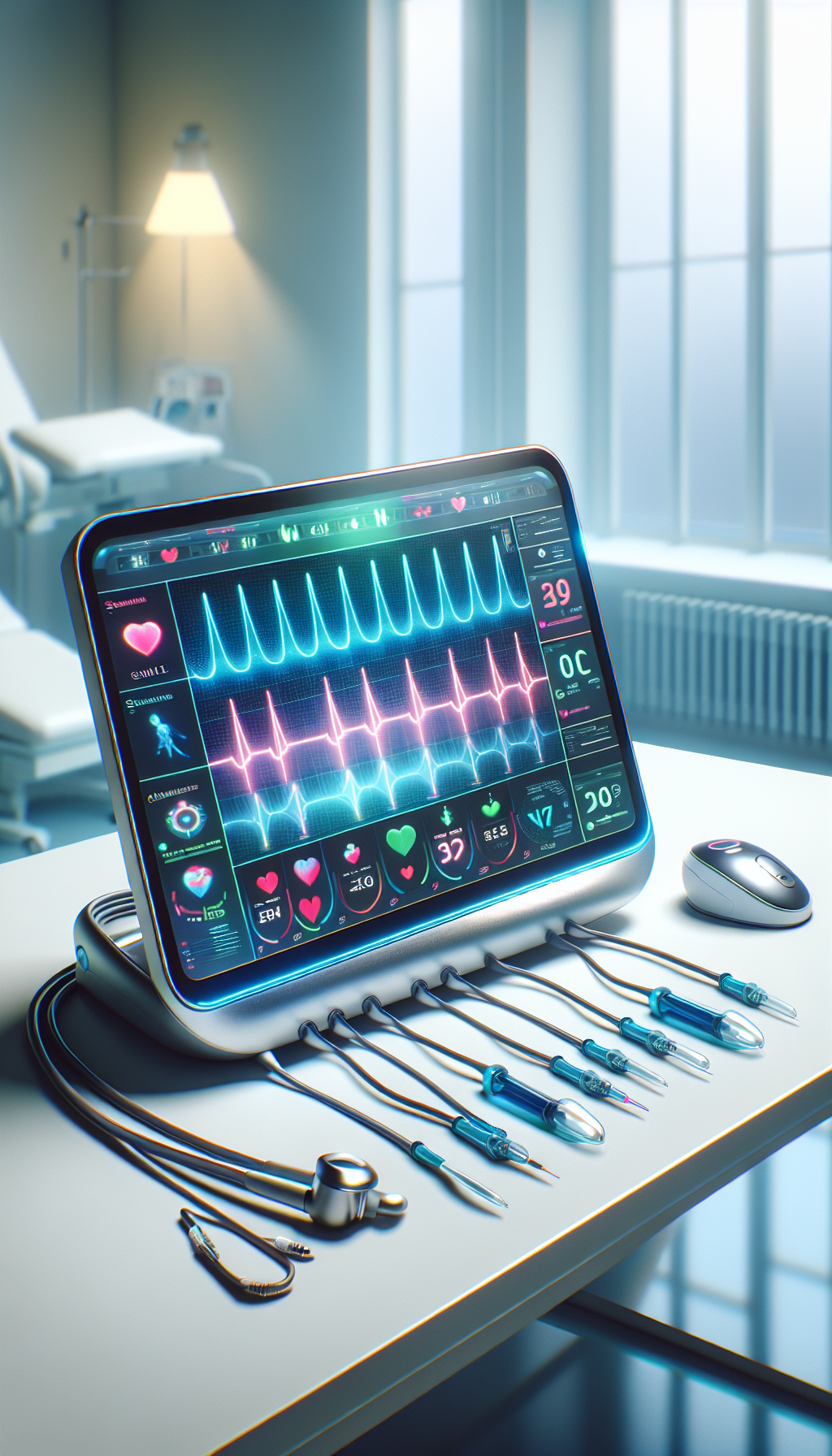Sensory health is an integral part of our overall well-being, encompassing all the ways in which we perceive the world around us. From touch and taste to hearing and balance, our sensory systems facilitate interaction with our environment, significantly impacting our quality of life. As technology progresses, so does our ability to screen, diagnose, and treat sensory health issues. This article delves into the latest advancements in technology for sensory health screening and their implications for healthcare.
The Evolution of Sensory Health Screening Techniques
Not long ago, sensory health assessments were rudimentary at best, relying heavily on patient self-reports and basic observational methods. However, the landscape of sensory health screening has been transformed by digital technology and innovations in medical equipment. Cutting-edge diagnostic tools now offer unprecedented accuracy and speed, allowing healthcare providers to detect sensory impairments earlier and with greater precision.
Digital Audiometry and Hearing Health
Hearing loss is a common sensory impairment that can have profound effects on communication and social interaction. Digital audiometry represents a significant leap forward from traditional hearing tests. Today’s audiometers are equipped with sophisticated software that can administer automated hearing assessments, reducing the potential for human error and providing more consistent results.
For those concerned about hearing health, the American Academy of Audiology offers a wealth of resources on the latest diagnostic tools and treatment options.
Ophthalmic Imaging in Vision Screening
Vision screening has also benefited from technological advancements. Ophthalmic imaging devices, such as optical coherence tomography (OCT), allow for detailed cross-sectional images of the retina, helping to identify eye diseases like macular degeneration and glaucoma at their onset.
The National Eye Institute provides comprehensive information on various eye conditions and the technologies used for early detection and management.
Enhancing Touch Sensitivity Analysis
The assessment of touch sensitivity, critical for diagnosing conditions like neuropathy, has seen significant improvements with the advent of computerized pressure-sensing devices. These tools can quantitatively measure skin pressure thresholds, providing objective data to guide treatment plans.
Olfactory and Gustatory Assessment Innovations
Olfactory and gustatory assessments are crucial for evaluating smell and taste disorders. The introduction of olfactometers and gustatory sweat tests allows for a more nuanced understanding of these senses. Such precision is vital for conditions like olfactory processing disorders, which can be explored in-depth in the article Understanding and Managing Olfactory Processing Disorders.
The Role of Virtual Reality in Balance Testing
Virtual reality (VR) technology has found a place in balance testing, providing immersive environments to safely assess vestibular function and spatial orientation. The use of VR in clinical settings is revolutionizing the way balance disorders are understood and treated.
To explore how sensory health influences other bodily systems, you can read about its connection to autonomic functions in the article How Sensory Health Influences Autonomic Functions.
Integrating Sensory Health Screening with Comprehensive Care
Advances in sensory health screening are not only limited to the development of new technologies but also to their integration into holistic healthcare. For instance, understanding the interplay between sensory health and Brain Health is essential, as the brain processes and interprets sensory information. Identifying sensory impairments early can lead to interventions that prevent cognitive decline and improve brain health outcomes.
Telemedicine and Remote Sensory Screening
Telemedicine has emerged as a powerful tool for sensory health screening, particularly in remote or underserved areas. With tele-audiometry and remote vision tests, patients can receive high-quality screenings without the need for travel, making sensory health services more accessible.
For additional insights into the benefits of technological integration in sensory health, consider reading about Sensory Enrichment Methods for Enhanced Learning.
Data Analytics and Predictive Modeling in Sensory Health
The application of big data analytics in sensory health allows for the identification of patterns and risk factors across large populations. Predictive modeling can then be used to anticipate sensory health issues before they manifest, enabling preventive measures and personalized care plans.
External Resources for Sensory Health Professionals
For specialists and healthcare providers looking to stay abreast of the latest in sensory screenings, the International Society for Sensory Integration offers resources, research, and training on sensory integration methods and the impact of sensory processing on development.
Looking Ahead: The Future of Sensory Health Technology
As we look to the future, we can anticipate even more innovative tools for sensory health screening. Artificial intelligence (AI) is poised to play a significant role, with algorithms that can analyze sensory test results to detect subtle changes over time. Wearable technology and the Internet of Medical Things (IoMT) will likely bring continuous monitoring of sensory functions into everyday life.
Conclusion
The advances in technology for sensory health screening represent a promising shift towards more accurate, efficient, and patient-centered care. As these technologies continue to evolve, they will undoubtedly enhance our ability to understand and address sensory health issues, ultimately improving the lives of individuals worldwide.
By embracing these advancements, healthcare professionals can offer their patients the best possible outcomes, ensuring that sensory health remains a priority in the landscape of modern medicine.



